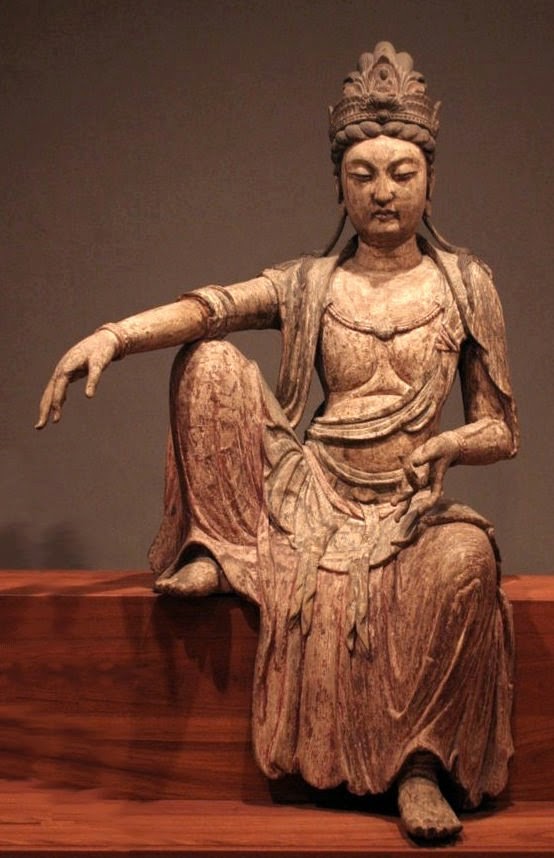

They are perceived to be malicious influences that lead the innocent astray. " The "fox-spirits" here are voices that speak of The Way, and/or Dharma. Linji Yixuan (d.866) said: "The immature young monks, not understanding this, believe in these fox-spirits. There is mention of the fox-spirit in Chinese chan-buddhism. In Chinese lore, huli jings terrified the living by shapeshifting into many forms and haunting places. Typically fox spirits were seen as dangerous.


"At the age of fifty, a fox can change into a woman. One of the most infamous fox spirits in Chinese mythology was Daji (妲己), who is portrayed in the Ming novel Fengshen Yanyi.Īccording to mythologist Kuo Pu, who wrote in 324 A.D. The fox spirits encountered in tales and legends are usually females and appear as young, beautiful women. The term also removes some of the sexual connotations of the fox, since sexlessness is associated with age. Other varieties of immortal creatures were called xian as well.įoxes must attain great age before they can transform into humans, so all shapeshifting foxes are technically old however, this term carries the connotation of a fox so old that it is old even for a fox. Also a modern colloquial term for a dangerous seductress, a slut, or a whore.įoxes were sometimes called xian (or derivatives thereof, such as xianren) in order to avoid saying their real name, in the same way that English speakers referred to fairies as "the little folk". In chapter 14 of the Shanhaijing, Guo Pu had commented that the nine-tailed fox was an auspicious omen that appeared during times of peace.In Chinese, huli means fox, and jing,spirit. According to another version, it is located north of Sunrise Valley. The foxes there have four legs and nine tails. The Land of Green-Hills lies north of Tianwu. The nine-tailed fox occurs in the Shanhaijing (Classic of Mountains and Seas), compiled from the Warring States period to the Western Han period (circa 4th to circa 1st century BC). Older depictions of fox spirits depict the eight other tails as branching out from the main tail rather than being separate tails of their own. Painting of a fox spirit from Yanju's tomb, Gansu Province. As these traditions developed, the fox's capacity for transformation was shaped. The idea that non-human creatures with advancing age could assume human form is presented in works such as the Lunheng by Wang Chong. Nine-tailed foxes appear in Chinese folklore, literature, and mythology, in which, depending on the tale, they can be a good or a bad omen.ĭuring the Han dynasty, the development of ideas about interspecies transformation had taken place in Chinese culture. 'fox spirit') are Chinese mythological creatures usually capable of shapeshifting, who may either be benevolent or malevolent spirits, among which the nine-tailed fox, jiuweihu (Chinese: 九尾狐 pinyin: jiǔwěihú lit.

Huli jing (Chinese: 狐狸精 pinyin: húlijīng lit.


 0 kommentar(er)
0 kommentar(er)
